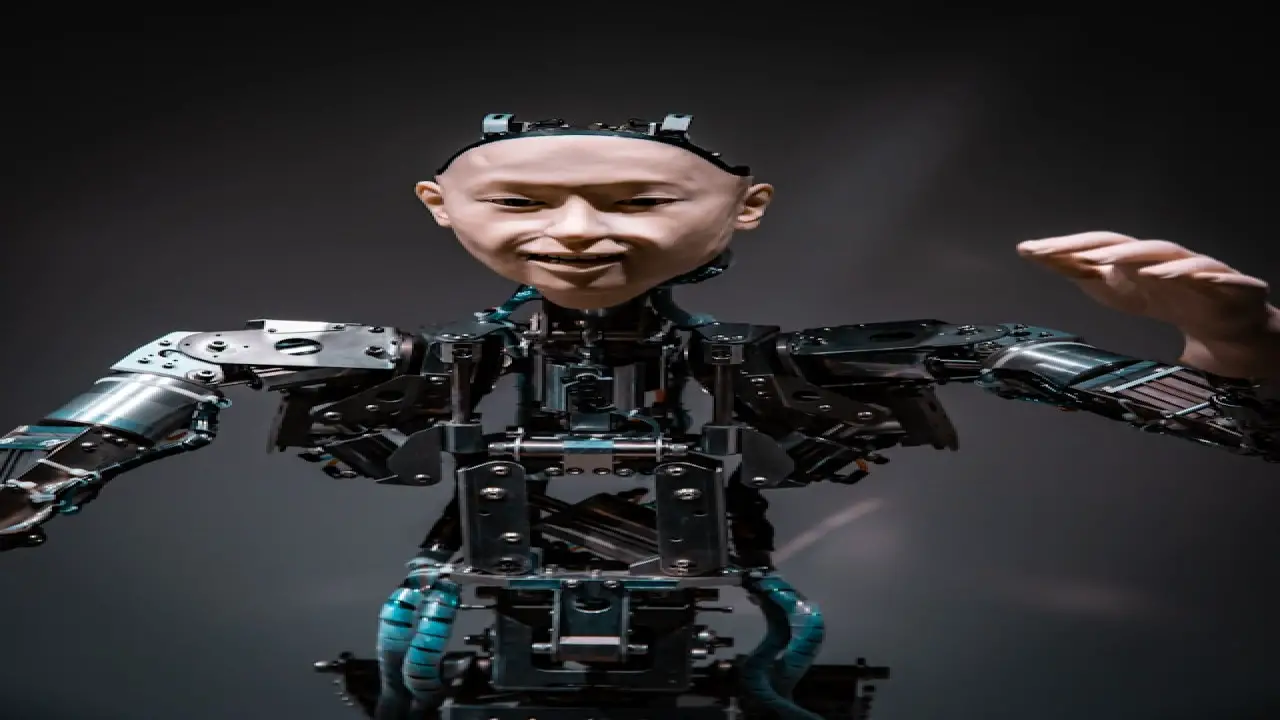5 Trends Shaping the Future of Image Editing
As technology evolves, so does the way we edit and enhance images. Here are five emerging trends shaping the future of image editing:
-
Artificial Intelligence (AI) Integration:
- AI is increasingly being integrated into image editing software, offering advanced features like automated retouching, content-aware fill, and intelligent object recognition. These AI-powered tools streamline editing workflows and empower users to achieve professional-quality results with minimal effort.
-
Augmented Reality (AR) Filters and Effects:
- AR filters and effects are becoming more prevalent in image editing applications and social media platforms. These interactive overlays allow users to add virtual elements, such as animated stickers, 3D objects, or immersive effects, to their photos in real-time, enhancing creativity and engagement.
-
Non-Destructive Editing Workflows:
- Non-destructive editing workflows preserve the original image data, allowing users to make changes without permanently altering the underlying file. This approach, facilitated by technologies like adjustment layers and smart filters, provides greater flexibility and reversibility in the editing process.
-
Mobile Editing Dominance:
- With the proliferation of powerful smartphones and tablets, mobile editing apps have become increasingly popular among both casual and professional photographers. These apps offer a wide range of editing tools, from basic adjustments to advanced effects, enabling users to edit photos on the go with ease.
-
Collaborative Editing Platforms:
- Collaborative editing platforms facilitate real-time collaboration and feedback among multiple users working on the same image or project. Whether through cloud-based editing software or integrated social media platforms, these tools promote teamwork, creativity, and knowledge sharing in the editing process.
As image editing continues to evolve, driven by technological advancements and changing user preferences, these trends are poised to shape the future of digital imaging, offering new opportunities for creativity, efficiency, and collaboration.









Comments (0)